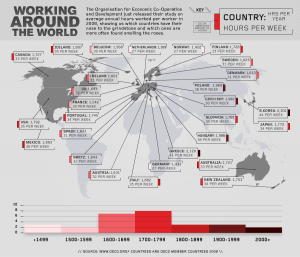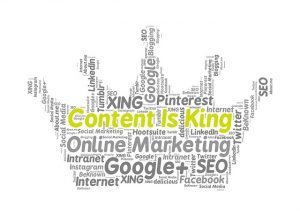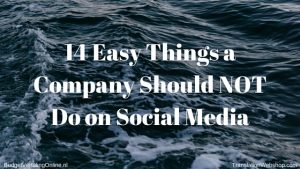— November 15, 2017

cocoparisienne / Pixabay
In an ideal world, creating diverse workplaces would be a no brainer – like taking long walks in the park, enjoying the sun in summer, or blitzing through your favourite Netflix show (I’m already counting down the days to next year’s Stranger Things, Season 3). Alas, the world is far from ideal, and many businesses are yet to devote the time and energy to cultivating a culture of diversity and inclusion. But the latest research from Glassdoor suggests 2018 could spell the dawning of a new era of workplace diversity.
The job site has revealed that one in three hiring decision-makers (35 per cent) expect to increase investment in diversity and inclusion. The Glassdoor survey, conducted in the U.S. and UK, also found that 62 per cent will continue to invest at the same level, while only three per cent expect funding to decrease.
Any investment is promising, especially where recruitment marketing is concerned, as it provides an opportunity to influence the scope of your employee communications and branding. But if you’re in a position where you need to convince the powers that be that diversity and inclusion should be included in next year’s budget, Glassdoor’s Joe Wiggins presents a strong case.
It’ll keep you ahead of your competitors
“I think that people have known for quite a while that having a diverse and inclusive workplace is the right thing to do,” says Wiggins. “But far more than that now, it’s essential for competitive advantage. Also, (diversity and inclusivity) links to better business performance and greater levels of innovation. It’s widely accepted that diversity and inclusion is not just a tick box exercise, but is actually essential to build that competitive edge.”
You might lose out on top talent
“On the recruitment side, you could potentially have people not apply for your roles if you’re not doing a good enough job of communicating your commitment in this area,” he says. “Or you might have people dropping out of the process; that’s something to really think about. It could seriously impact a company’s ability to hire the best people.”
Commitment to diversity and inclusion doesn’t have to be complicated
“I think that branding diversity is really important. You can create videos that talk about diversity and that kind of thing. I was looking at one recently from EY – they put a video from their global chairman and CEO on their Glassdoor profile. You can also showcase a diverse workforce through the photography that you use. It’s obvious – don’t use stock photography; use real people to represent all of your employees. And if you use brochures at career shows, for example, ensure they’re representative.”
Of course, it takes a bit more effort than representing your staff through marketing materials to be considered a diverse and inclusive workplace. Worthwhile initiatives require cash, strategy, transparency and, perhaps most importantly, relevant data. Qlearsite, a tech startup focused on using HR and employee-generated data to help organisations enhance productivity, offers a sophisticated tool that can measure inclusion, and support companies as they look to identify core areas where they can improve.
There are also companies that have made significant strides in diversity and inclusion, like O2, EY and Sky; in fact, the telecoms giant has a whole section on its website dedicated to inclusivity.
So, the next time you’re ready to commit to a binge-worthy series or decide to embark on a guilty pleasure, remember: you can always show the same love for diversity and inclusion at work, and prove it through your employee communications. You just need to make that first step.
Business & Finance Articles on Business 2 Community
(40)
Report Post






